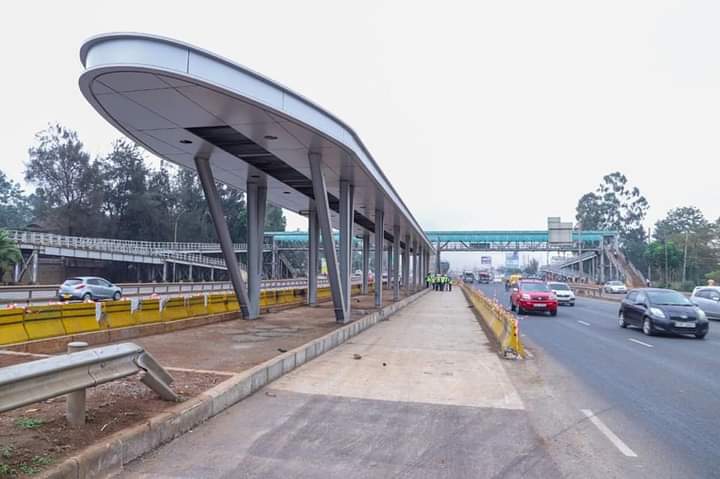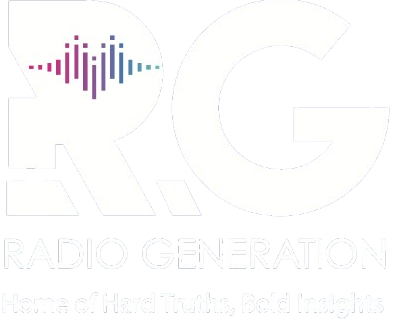Sh300m more for Nairobi BRT despite Sh3.6bn spent and no services running

The government has allocated Sh300 million in the 2025/26 financial year to the Nairobi Bus Rapid Transit (BRT) project, bringing the total funding since 2022 to Sh3.9 billion, despite no operational stations or buses on the ground.
The announcement was made by Treasury Cabinet Secretary Joh Mbadi on Thursday, even as previous allocations appear to have yielded minimal visible progress. The project has faced repeated delays, mainly due to a lack of funds, which saw the contractor halt work.
In the financial year 2022/23, the BRT was allocated Sh1.2 billion, followed by Sh1.1 billion in 2023/24. The current financial year saw another Sh1 billion disbursed.
Despite these investments, the public has yet to see any tangible benefit in the form of working infrastructure or improved transport services.
The BRT project is expected to ease congestion in the Nairobi Metropolitan Area by providing high-capacity, fast and reliable public transport.
It includes the construction of 10 BRT stations, 100 buses, and dedicated bus lanes capable of handling up to 15,000 passengers per hour per direction. The design also features short headways of 90 seconds to ensure continuous flow of buses.
The Nairobi Metropolitan Area Transport Authority (Namata) is overseeing the project, which covers five counties—Nairobi, Kiambu, Kajiado, Machakos and Murang’a—home to a combined population of 10.4 million people.
Namata was established on February 9, 2017, with the mandate of building an integrated and sustainable transport system across the region.
Namata director general Francis Gitau said the contractor has resumed work after a prolonged pause. “Works have started and we expect the piloting of the project to start in January next year,” Gitau said.
The BRT infrastructure includes modified footbridges, designated picking platforms, dedicated motorised and non-motorised lanes, and separated BRT lanes to keep them free from regular traffic.
It also involves the design of key facilities such as the Kasarani and Ruiru depots, Kenyatta Hospital station, and automated traffic signals at Pangani underpass.
Other components include road markings, signs, traffic control during construction, and the building of office, lab and support facilities for engineers.
The project contractor, Chinese firm Stecol Corporation, won the Sh5.6 billion tender in February 2020. The first phase of the project runs from Clayworks to the CBD, with the second extending to Ruiru.
The BRT system is expected to host 950 electric-powered buses fitted with intelligent transport systems. They will feature accessibility for children, older persons and people with disabilities.
A cashless fare system will be used, with tickets purchased at automated machines before boarding.
Despite its intended benefits—reduced air pollution, decongested roads and better commuting—questions remain about the repeated funding allocations amid limited delivery.
Traffic jams in Nairobi are estimated to cost the country Sh2 billion annually, while transport emissions contribute 20 per cent of Kenya’s CO2 output.
The sector is also linked to more than 5,400 premature deaths due to air pollution each year.
The BRT was initially positioned as a solution to these challenges, especially given that 41 per cent of Nairobi's trips rely on public transport and 40 per cent on walking. Private cars only account for 13 per cent of daily travel.
To support the system, transport corridors were gazetted in 2019.
The five BRT lines—Ndovu, Simba, Chui, Kifaru and Nyati—were mapped to serve major routes across Nairobi and its satellite towns. However, with each passing year and growing allocations, the public continues to wait for buses that are yet to roll.
